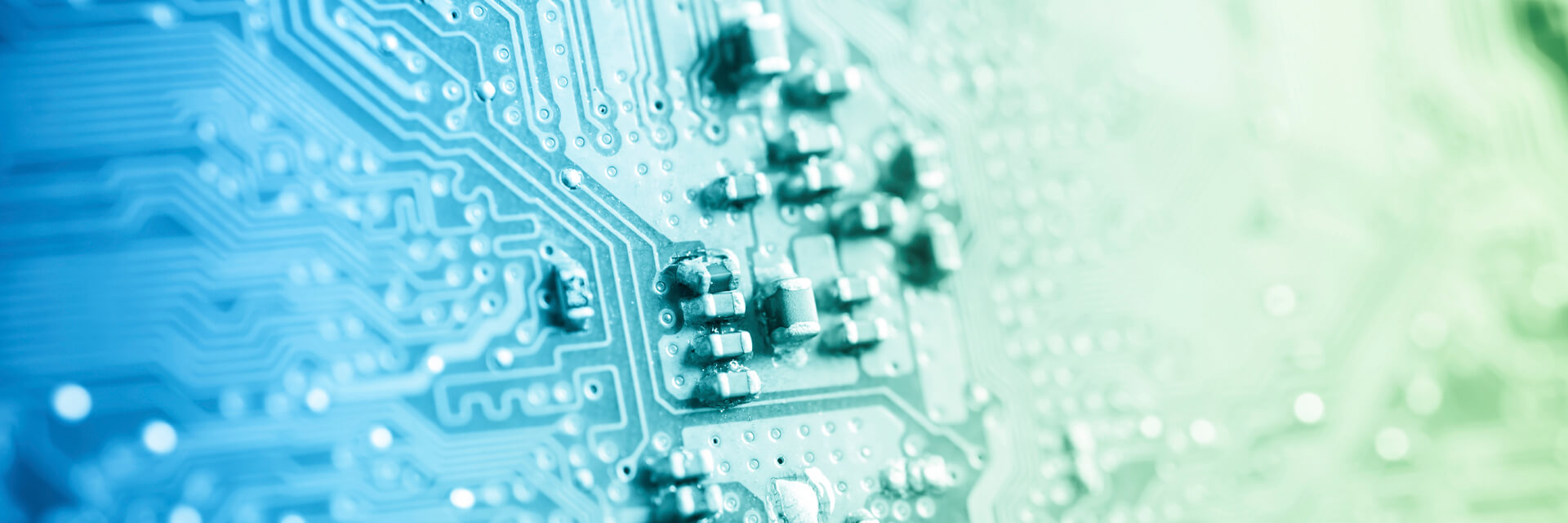
Manufacturing Tax Deduction for Software Developers
- Published
- Dec 17, 2014
- Topics
- Share
In a Technical Advice Memorandum (“TAM”) released on November 13, 2014, the IRS provided further guidance on determining whether receipts received by a software developer are qualified domestic production gross receipts (“DPGR”) for purposes of the manufacturing tax deduction (domestic production activities deduction or “DPAD”) under Internal Revenue Code Section 199, or if they are receipts from services which do not qualify for the deduction. After evaluating the facts, the IRS concluded the taxpayer’s receipts were from the license of software and qualified for the manufacturing tax deduction.
BACKGROUND
Section 199 provides taxpayers with qualified production activities income (“QPAI”), a deduction equal to 9% of the lesser of its QPAI or taxable income before the DPAD. The deduction is further limited to 50% of annual wages attributed to domestic production. Qualified production activities income is the gross receipts from domestic production less the cost of goods sold and other expenses or losses allocable to DPGR. Gross receipts resulting from the sale, lease, license, rental, or any other disposition of qualified property that is manufactured or produced by the taxpayer in whole or in significant part within the U.S. are DPGR. Qualified property includes computer software. For example, assume the following corporation’s activities generate DPGR from all sources of revenue and that all wages are attributed to the domestic production activity.
| DPGR: | $20,000,000 |
| Costs of goods allocated to DPGR: | 10,000,000 |
| QPAI | $10,000,000 |
| Taxable Income before DPAD | $5,000,000 |
| Tentative DPAD (9% of Taxable income) | $ 450,000 |
| Wages Allocable to DPGR: | $1,500,000 |
| Limit 50% of Wages Allocable to DPGR | $ 750,000 |
| Federal Tax Savings = $450,000 X 34% | $ 153,000 |
| The corporation’s DPAD in the above example is limited to 9% of taxable income. | |
In general gross receipts derived from providing services to end users are non-DPGR. Examples in the regulations include Internet access services; online banking services; and access to online electronic books, newspapers, and journals. However, the regulations offer two exceptions under which gross receipts derived by a taxpayer providing computer software to its customers for direct use while connected to the Internet will be treated as DPGR. Software that is downloadable, shrink-wrap-equivalent or substantially identical will meet this exception.
Taxpayers must substantiate that a transaction is, in substance, a lease, rental, license, sale, exchange, or other disposition of software, rather than a service provided to end users.
TAM 201445010
In the above TAM, the IRS concluded that the taxpayer’s gross receipts qualified as DPGR from the license of computer software. The IRS considered the taxpayer’s relationship with the contracting parties and the terms of the agreements to support its conclusion. The IRS found that the taxpayer produced the computer software, which was then licensed to the contracting parties who ultimately used the software to provide services to end users. The taxpayer received royalty payments for licensing the computer software to the contracting parties, who, in turn, used the software to provide services to end users. This indicated the taxpayer did not receive payment for providing services; rather receipts were determined to have been derived from the licensing of the software used by the contracting parties.
Summary
The facts and terms of clients’ agreements should be evaluated to determine whether revenues are DPGR. Items that should be considered include but are not limited to who the end user is, how payments are received, who owns the software after a transaction, and whether the software is used in conjunction with other medium.
What's on Your Mind?
Start a conversation with Michael
Receive the latest business insights, analysis, and perspectives from EisnerAmper professionals.











